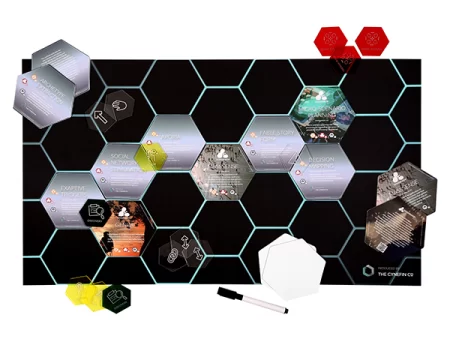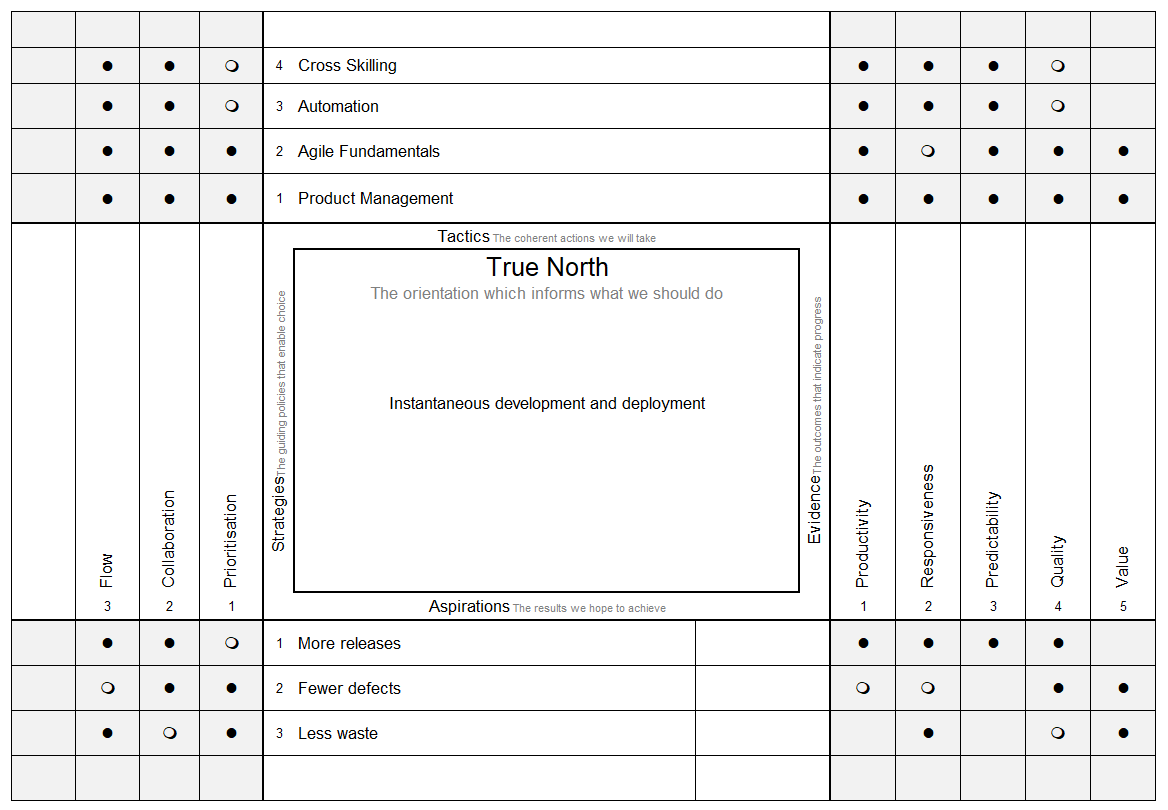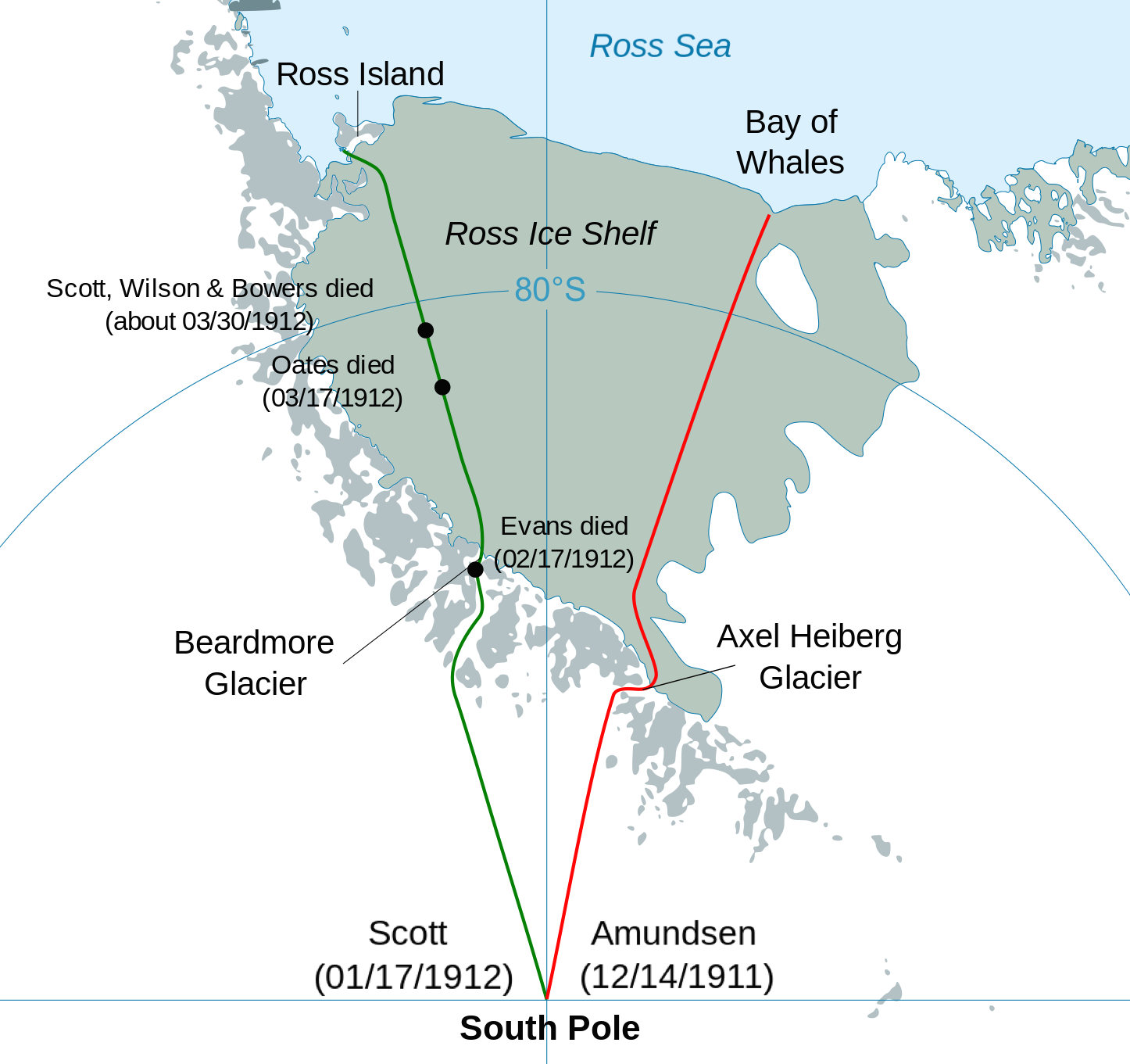How to use Hexis for Powerful Strategy Deployment
A proposal for a Cynefin Company Hexi Method Kit for Strategy Deployment, with an initial idea for what would be on the various Hexis.
Karl Scotland – Using Agility Strategically
Karl Scotland – Using Agility Strategically
Browsing Category

A proposal for a Cynefin Company Hexi Method Kit for Strategy Deployment, with an initial idea for what would be on the various Hexis.

This post is a list of recommended books that have influenced my thinking on Strategy Deployment over the years, with links to related posts.

A post describing the most important learnings I have had over the many years of using the X-Matrix with Agile Transformation.

This post is about Strategy Deployment and the book Team of Teams – another great book which has nothing to do with Lean or Agile explicitly but contains some great, relevant stories and lessons.

You can now easily create and collaborate an X-Matrix in Miro with a Miroverse template. Read more to discover how to find and use it.

A description of an X-Matrix from an agile transformation I have recently been involved in, and which is something I can publish with some minor tweaking.

What important lessons can we learn from the story of Scott and Amundson’s race to the South Pole that we can apply to an Agile Transformation?

Inspired by a card deck of tactics on how to do strategy, this post suggests 50 ideas for a strategy deployment deck to be used in an agile transformation.

This post follows up on a Twitter thread I posted in November exploring ways of measuring the predictability of teams. I also discussed some of these ideas in a Drunk Agile episode. When I begin working with an organisation on the agile transformation, an early conversation is around successful outcomes. My work on Strategy Deployment is all about answering the …

This post introduces Idealised Design, as described in the book Idealized Design: How to Dissolve Tomorrow’s Crisis…Today by Russell L. Ackoff, Jason Magidson and Herber J. Addison, and explores how it relates to Strategy Deployment. The post is a continuation of the series on Strategy Deployment And other approaches. What is Idealised Design? The basic premise of Idealised Design is …